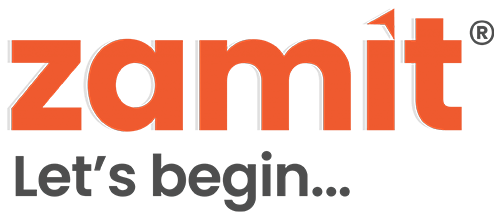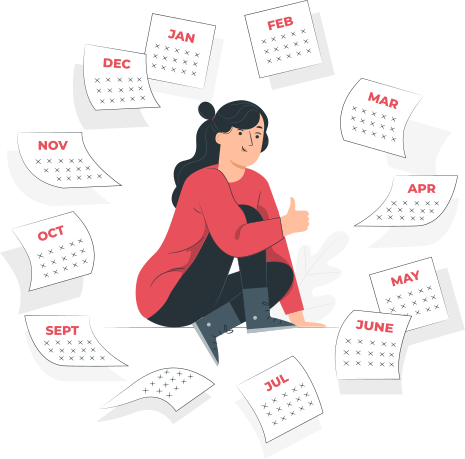Assessment is a critical component of the education system, providing valuable insights into student learning and their future readiness journey. With advancements in technology, teachers now have a wide range of tools at their disposal to enhance their assessment practices. In this blog post, we will explore innovative ways teachers can utilise technology for assessment and how it can benefit both educators and students.
Types of Technology for Assessment
Technology offers a variety of tools that can revolutionise the way assessments are conducted in the classroom. Online quizzes, formative assessment tools, and digital portfolios are just a few examples of technology that teachers can leverage to gather data on each student’s learning power and progress. These tools not only make assessment more efficient but also provide a more comprehensive view of student performance.
Setting up Technology for Assessment
Implementing technology for assessment may seem daunting at first, but with the right approach, teachers can seamlessly integrate these tools into their classroom practices. It is essential to provide step-by-step instructions to ensure that both teachers and students are comfortable using the technology. Offering tips for troubleshooting common issues can also help minimise any disruptions in the assessment process.
Creating Effective Assessments with Technology
Designing assessments that effectively utilise technology is key to maximising its benefits. By incorporating multimedia elements, interactive features, and real-time feedback, teachers can create engaging assessment activities that cater to different learning styles. Whether it’s a video-based project or a collaborative online quiz, technology can transform traditional assessments into dynamic and immersive learning experiences.
Analysing and Using Assessment Data
Once assessment data is collected, teachers must know how to analyse and interpret it effectively. Technology provides teachers with tools to visualise and track student progress over time, enabling them to identify areas of strength and areas for improvement. By using this data to inform instruction and provide targeted support, teachers can personalise learning experiences for each student.
Addressing Privacy and Security Concerns
As with any use of technology in education, ensuring privacy and security are paramount 21st-century skills for an educator, especially when it comes to assessment. Teachers must adhere to best practices for protecting student data and ensuring that assessments are conducted in a secure and ethical manner. By implementing proper safeguards and protocols, educators can maintain the integrity and confidentiality of assessment data.
Conclusion
Technology has the power to revolutionise assessment practices in the classroom, offering a myriad of benefits for both teachers and students. By embracing innovative tools and strategies, educators can gather valuable insights into student learning, enhance instructional practices, and create a more personalised learning experience for all. As technology continues to evolve, the future of grading holds endless possibilities for fostering student success.
For more teacher resources, take a look at www.zamit.one.


